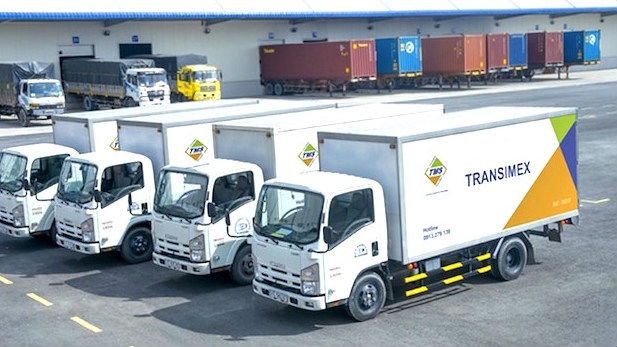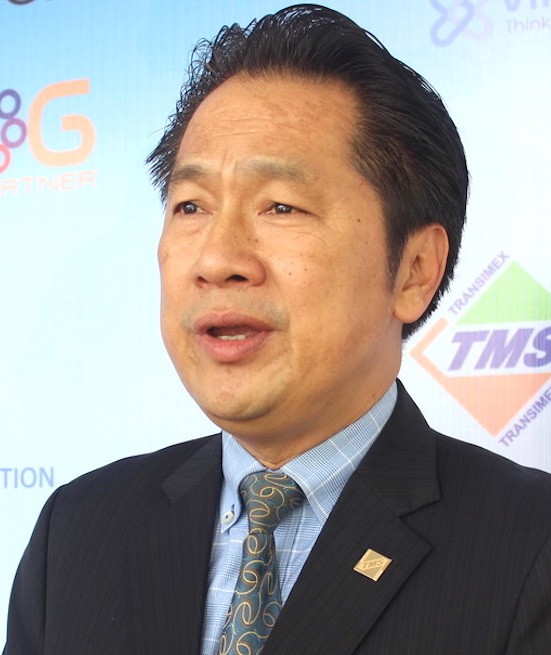Vietnam turns semiconductor vision into action
The global semiconductor industry is being reshaped by geopolitical tensions, shifting supply chains, and the surge of digital technologies.




In 2018, it is the first time that the Government attaches such great importance to logistics, which is both an opportunity but also a tough challenge, according to Le Duy Hiep, Chairman of Vietnam Logistics Association (VLA).

As the head of the association, Le Duy Hiep has mixed feelings after 2017 passed. It is the first time that the industry has been expected to become an integral part of the national economy, yet the task is daunting given its current status of management, planning, and personnel.
Currently, it is estimated that about 3,000 logistics enterprises are operating in Vietnam. Notably, FDI enterprises account for 75% of the market share while domestic ones only 25%. In your opinion, why are foreign businesses so dominant?
Actually, this is an unfair comparison. Vietnam's logistics industry began in the early 1990s, which means that it is just about 17 years old. It is totally inexperienced compared to the world. The structure of the logistics industry includes international and domestic transport, customs, warehousing, packaging.
So far, Vietnamese enterprises have controlled a part of the market. We have successfully satisfied all domestic demands in the mentioned activities, except for international transport.
In the international marine and air transport sector, indeed, FDI enterprises have gained a significant market share. However, many Vietnamese companies have been selected as subcontractors by foreign colleagues.
What is the position of Vietnam's logistics industry in Southeast Asia? What are its fundamental weaknesses?
There should be no comparison as each country has its different characteristics, except for the marine and air transport. In my opinion, Vietnam’s logistics industry only ranks behind Malaysia and Singapore, equal to Thailand and Indonesia.
However, to enhance the competitiveness in the international market, Vietnamese enterprises must improve the technology system and the human resources as well as get access to modern logistic concepts such as e-commerce.

Why did logistics costs in Vietnam account for more than 20.8% of GDP, while those in other countries in the region are much lower? Can Vietnam reduce those costs?
The Prime Minister has set a target that by 2025, the contribution of logistics services to GDP will reach 8-10%, with its service growth rate at 15-20%. Thus, reducing costs is a must, not a matter of being or not.
To reduce logistics costs, there must specifically be the help of the State policies, institutions, and enterprises in the industry.
The most effective way is to reduce the transport costs, accounting for more than 50% of the logistic ones. In transport costs, fuel - distance - surcharge expenses accounted for 20%. To reduce those three, the State will have to get involved in, for example, reducing fuel prices, investing in transport systems to shorten the time and distance in transport.
This is a vicious circle, as businesses who invest in gas and roads always want to get as much profit as possible, which is painful to solve.
Also, the State should help businesses by revising the customs clearance process, such as minimizing specialized examination is concerned, which costs enterprises a lot of time and money. Domestic logistics enterprises must also consider eliminating waste is a social responsibility.
In your opinion, is the target of contributing to the GDP assigned to the logistics industry possible?
Currently, the logistics industry is growing at nearly 15% per year, so the growth task is possible. Yet, the task of contributing from 8% to 10% to GDP by 2025 (equal to tourism) is difficult to achieve.
At present, the logistics sector contributes from 2% to 3% to Vietnam's GDP. If we want to increase GDP, we must reduce costs, which has been evaluated as a complicated matter. In my opinion, the target of 5% is achievable.
The global semiconductor industry is being reshaped by geopolitical tensions, shifting supply chains, and the surge of digital technologies.
The change in APA approval authority is expected to shorten processing time and enhance business proactiveness in international tax negotiations.
As hybrid cloud systems grow more complex, Vietnamese enterprises are struggling to detect cybersecurity threats moving laterally within their own networks.
The submission of the draft resolution on Vietnam’s international financial center to the National Assembly heralds a new developmental era for the country.
More than just running a 5-star resort, Kristian Petersen is redefining the art of hospitality with a humane and sustainable leadership philosophy.
For Tyna Huynh, co-founder of Drinkizz, organic is not just a food choice but a way of life that fosters a deep connection between people, nature and community.